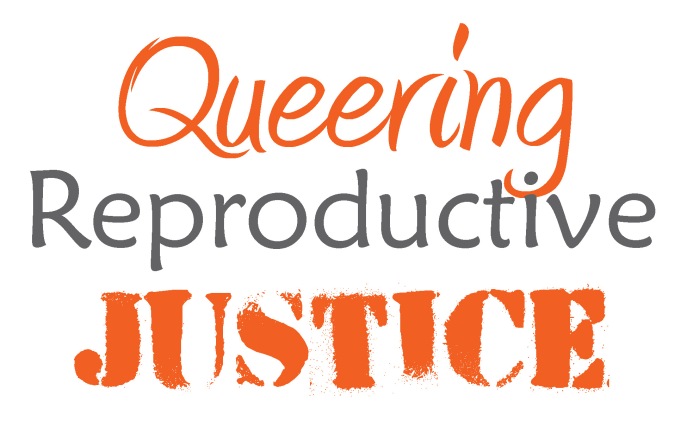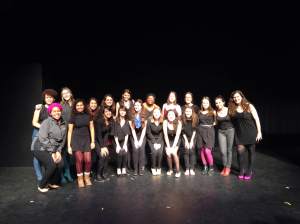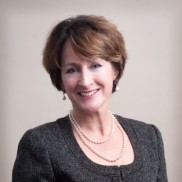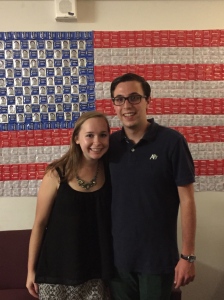During OUTober, I am often reminded of the chasm that exists between the LGBTQ spaces and pro-choice spaces on campus. If I had a nickel for every time someone — specifically white, cis, gay men — questioned my participation in H*yas for Choice because I’m a gay woman, I’d have 10 cents and zero f*cking patience left. It is extremely unfortunate for me to see a blatant disconnect between the LGBTQ movement and the reproductive justice movement, both on this campus and in the greater public discourse in this country. I attribute this distance to a misunderstanding of what reproductive justice means and the way it affects Georgetown and society as a whole.
For me, reproductive justice is affirming everyone’s right to choose when, how, and if they want to exercise their ability to reproduce.
When: This includes protecting access to contraceptives for men, women, and those who do not conform to the gender binary so that they can be in control of their reproductive destinies. Male condoms, female condoms, IUDs, the pill, hormonal implants — you name it, they all need to be available to students regardless of their socioeconomic background or the religious affiliation of the school they attend. Access to contraception and other methods of protection (e.g. dental dams) that prevent the spread of HIV and other STIs is immensely important for both the LGBTQ community as well as proponents of reproductive justice.
How: This is where I believe we need to expand our understanding of reproductive justice. How people choose to reproduce (if they choose to reproduce in the first place, which we’ll cover later) should be dependent on their own decisions and that of their partner, if they have one. Fighting for reproductive justice means denouncing the coercive sterilization of women in prison, just as much as it means fighting for the right of any couple, or individual, to use in vitro fertilization to conceive a child. When we prevent certain members of society from reproducing based on racism, classism, homophobia, transphobia, ableism, sexism, biphobia, and other kinds of prejudice, we rob them of their reproductive rights. Both the LGBTQ movement and the reproductive justice movement ought to work together to uphold the right of individuals to reproduce however they choose.
Another aspect of the “how” of reproductive justice is consent. An individual’s sexual agency must not be violated, regardless of whether their perpetrator is their partner. I am glad to see that there have been increased discussions on campus regarding intimate partner violence in the LGBTQ community and hope to see this expanded further in the future. These conversations are especially critical considering that bisexual women endure the highest levels of sexual violence, the stigma surrounding sexual violence, and the demasculinization that male survivors may endure. Rape and sexual violence, especially when committed against people who are able to get pregnant, violate a survivor’s reproductive rights since the victim cannot decide to participate in an act that might lead to conception.
If: Not all women want to have children! Not everyone who is married wants to have children! Not everyone in a relationship wants to get married! Not everyone wants to be in a romantic relationship! Not everyone wants to have sex! Both movements respect the right of the individual to live out their identity free from pressure to conform to societal expectations of masculinity, femininity, relationships, and parenthood — so, why not engage in more conversations about this intersection on campus!?
Unfortunately, there are shortcomings that both the LGBTQ and repro movements share, but they can be conquered together. Racism, notably in the form of historical erasure that obscures the impact people of color have had on both movements, has led to the persistent marginalization of people of color. We need to celebrate the contributions that people of color have made to both movements and ensure we are being inclusive, especially with our language. The creation of the Queer Men of Color discussion group as well as the GU Queer People of Color organization are important advancements, but more needs to be done by existing LGBTQ and pro-choice spaces on campus. Additionally, as the LGB(T!)Q movement is evolving to address the particular issues trans people face, so must the repro justice movement, including dialogue addressing abortion access and “women’s” health care; once again, language is vital to create safe, inclusive spaces.
The LGBTQ and reproductive justice movements are certainly not mutually exclusive. This is made clear by the many students active in H*yas for Choice who are also part of the LGBTQ community — students like me. If the movements did not have overlapping initiatives, they would be horribly inept at creating a progressive environment where students can feel comfortable acting in ways that are consistent with their identities. More can be done to ensure both movements work in solidarity with each other, and I urge leaders on campus to help facilitate this change.

Annie Mason (COL’ 18) is the Historian of H*yas for Choice.





















